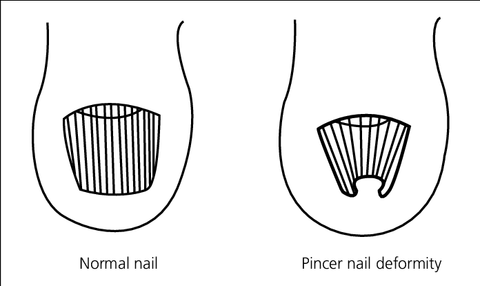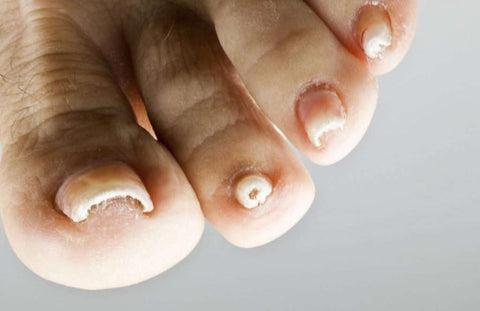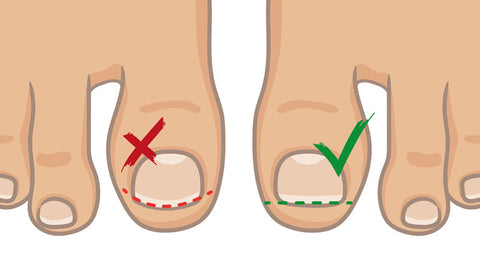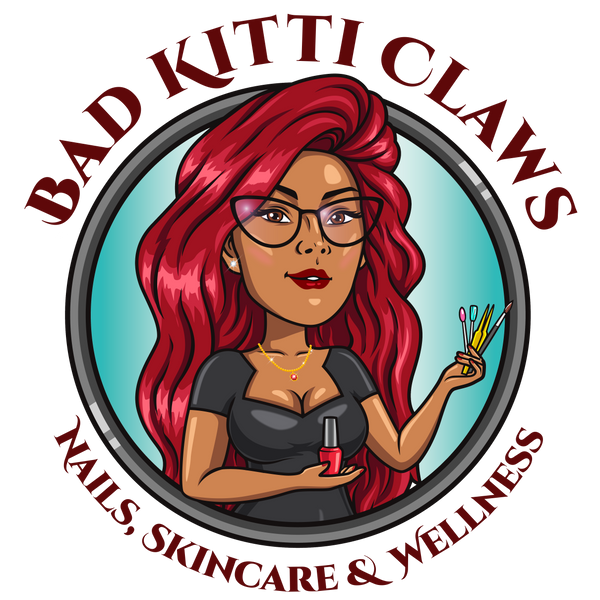Advanced Pedicures | Pincer Nails
What is a pincer toenail?

Symptoms
Pincer nails can vary in severity, but typically have the following symptoms:
- Curvature of the nail causing the nail to dig into the flesh on both sides of the toe
- Discomfort, pain and irritation to both sides of the toe
- Redness, swelling, and inflammation on the sides of the nail
- Thickening of the toenail
- Cracking of the skin where the nail pushes into it
Causes
Ingrown toenails can be caused by a number of factors:
- A fungal disease
- Certain medications, like beta-blockers
- Damage to the nail or toe
- Wearing shoes or socks that are improperly sized and squeeze the toes
- Autoimmune diseases, like lupus or psoriasis
- A family history of pincer nails
How can an Advanced Pedicure help prevent a pincer toenail?
Our specially trained Advanced Nail Technician will first conduct an assessment of the toenail(s) in question, which will include a brief screening to determine existing medical conditions, and a physical assessment of your toes and nails. In the majority of cases, we should be able to provide the appropriate level of service to prevent a pincer nail from developing.

This can include the use of specialized tools and filing techniques that allow the tech to properly trim, file, and reshape the nail as well as clean under the free edge of the nail and sidewall around the affected area. Typically, clients will see immediate relief improvement that should help the nail grow forward in a more healthy manner.
It is often recommended that our clients return for a follow-up appointment or series of Advanced Pedicure services to maintain the shape of their nails, as future nail growth and chronic medical conditions can often cause a pincer nail to develop or reoccur. An after-pedi plan and at-home care instructions are discussed at the conclusion of each appointment.
Can pincer toenails be prevented?
Often, pincer nails can be caused by pre-existing medical conditions, medications, or genetics. To help prevent a pincer toenails:
- Wear shoes that fit properly
- Keep your feet clean and dry
- Trim your nails properly — briefly soak your foot in warm water before trimming, and make sure you cut straight across, without tapering or rounding the corners or cutting them too short

If you have spreading redness or swelling, puss or discharge, a known infection, or medical conditions affecting circulation to the feet (such as diabetes or nerve damage), it is recommended that you see a Podiatrist or Medical Doctor to assess the condition.
*In very few cases, we may recommend you seek a medical assessment or treatment from a Podiatrist or Medical Doctor for your condition(s) prior to scheduling services. As we cannot treat or diagnose medical conditions, occasionally this is necessary as a condition may appear to be beyond our scope of practice. This happens very rarely, as we can usually provide services to address most conditions we see. If we ask you to seek medical care, please understand it is only in the interest of your health and well-being, as that is our main concern with our clients. Once you are medically cleared, we will be happy to provide services to you and get your feet feeling great!
Sources:
Nails Magazine, January 1, 2010, "What are Pincer Nails?", Michelle Pratt
